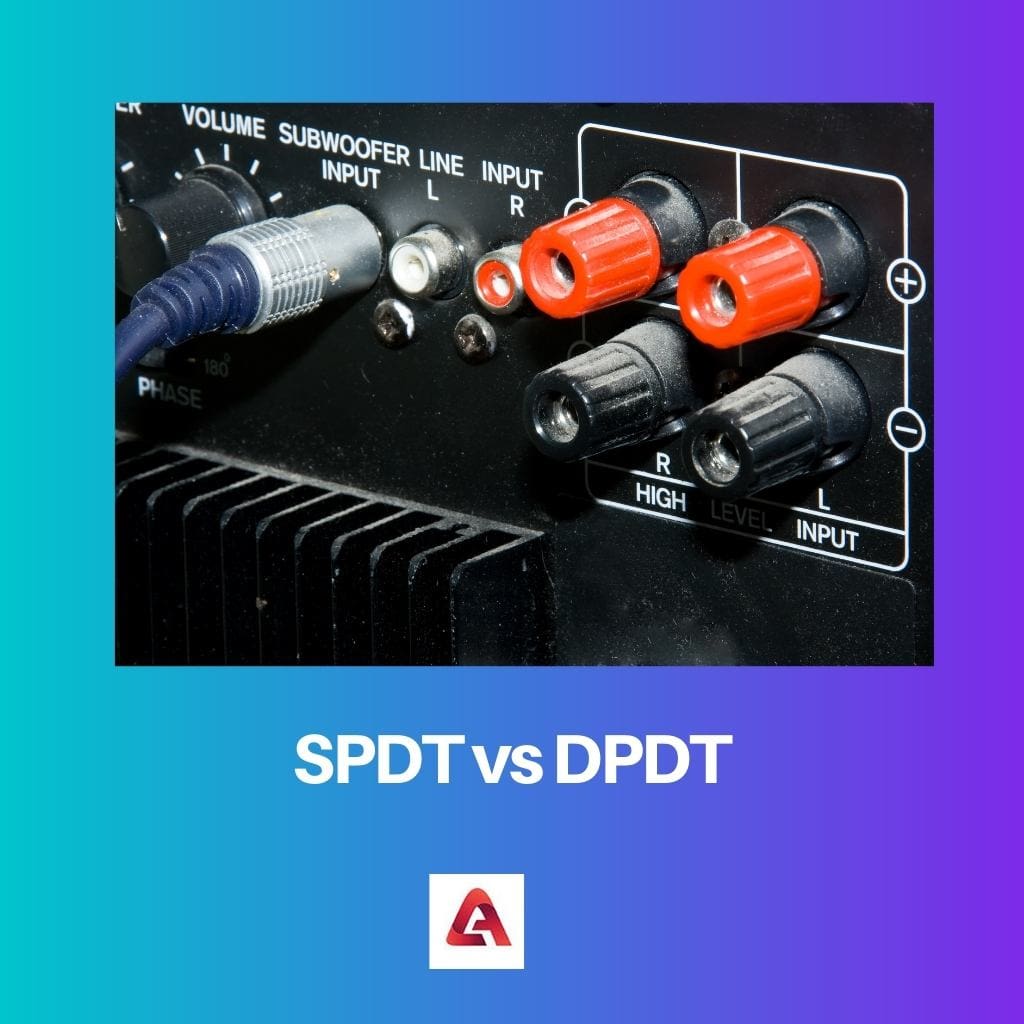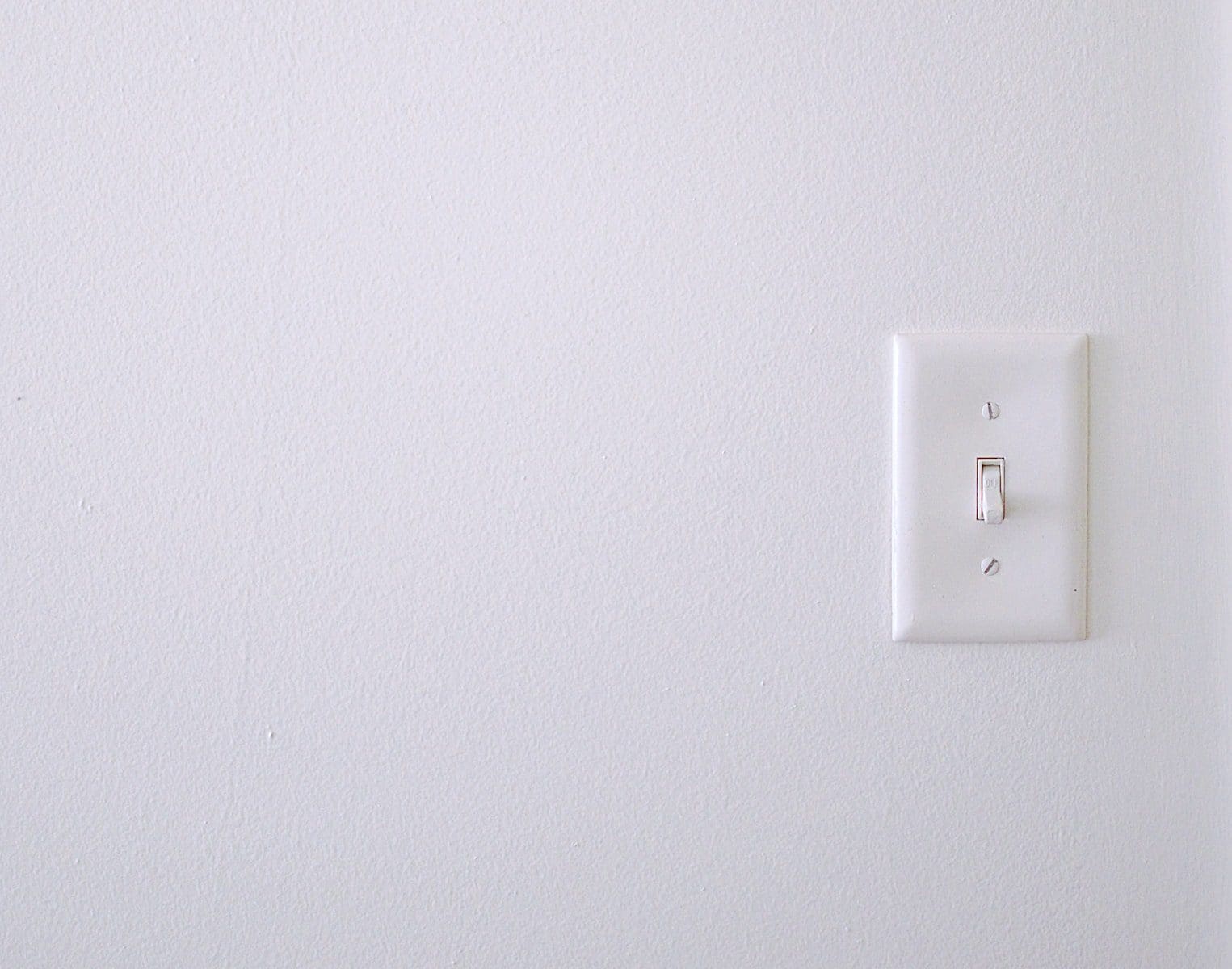Micheal Faraday invented electricity in the 18th century, and now the fancy devices and appliances that we use, science has come a long way. There are various elements to create an electrical circuit, like resistors, transistors, inductors, diodes, and conducting wires made of copper and even aluminum.
The next essential elements are the switches. We also use different kinds of switches like pushbutton, pressure, temperature, selector, joystick speed switches, and so on. Coming to connections, there are two main types which are single pole double throw(SPDT) and Double Pole Double Throw(DPDT).
Key Takeaways
- SPDT and DPDT are two types of switches with different configurations.
- SPDT has three terminals and can connect or disconnect one circuit, while DPDT has six terminals and can connect or disconnect two circuits.
- SPDT switches are commonly used in simple circuits, while DPDT switches are used in complex circuits.
SPDT vs. DPDT
SPDT (Single Pole Double Throw) witches have one input and can switch between two outputs. DPDT (Double Pole Double Throw) switches have two inputs and can simultaneously switch between two sets of outputs, they are widely used to reverse the direction of a motor.

Comparison Table
| Parameters of Comparison | SPDT | DPDT |
|---|---|---|
| Meaning | It has a single input that connects to two outputs. | It has the same mechanism as SPDT, but it can control two circuits at the same time. |
| No.of terminals | Has three terminals | Has six terminals. |
| Benefits | Not as advantageous. | It is more advantageous than the SPDT as it can turn on and off different appliances simultaneously. |
| No.of positions | SPDT has two positions (ON-ON). | DPDT can have two (ON-ON) to three positions (ON-OFF-ON). |
| Full-form | Single Pole Double Throw. | Double Pole Double Throw. |
What is SPDT?
The SPDT stands for Single Pole Double Throw, Pole signifies the number of circuits controlled by the switch, and Throw refers to the position of the actuator. SPDT has two positions, meaning that in the ON-ON position, only one of the loads can be energized.
SPDT is one of the most popular switches, forming the basis for other switches like DPDT, 3PDT, quad DPT, and so on. The basic meaning of this is that suppose a lamp and an LED are connected via an SPDT, so when the lamp is switched on, the LED will be off, and when the LED is switched on, the lamp will be automatically off.
SPDT has one circuit connected to two appliances in parallel connections; thus, the other is automatically switched off when switched on. The SPDT switches are less disadvantageous than the other counterpart as they can not control two different appliances simultaneously.

What is DPDT?
It stands for Double Pole Double Throw, where a pole means the same as the number of circuits, and a throw means the position of the actuator. It has six terminals that connect to different appliances that can be controlled simultaneously.
In a DPST On-Off situation, when both load terminals are or can be energized simultaneously, the advantage is that they are independent and thus can be maintained at different voltages. In an ON-ON situation, the circuit acts like two separate SPDT circuits; the same actuator can operate them, and only two loads can be operated simultaneously.
The major advantage is that two different appliances can be operated simultaneously, which cuts down on the circuit costs even though it is a bit more difficult to make or build.

Main Differences Between SPDT and DPDT
- The SPDT has a simple input switch that connects to two output devices, whereas DPDT has two SPDT circuits, and thus it can control two separate circuits simultaneously.
- The DPDT switches are thus more advantageous than the SPDT switches because they can control two different appliances simultaneously.
- The SPDT has two (ON-ON) positions, while the DPDT can have two(ON=ON) or three (ON-OFF-ON) positions.
- Making a DPDT connection is thus slightly more complicated than an SPDT connection.
- SPDT has three terminals while DPDT has twice them, that is, six terminals.



